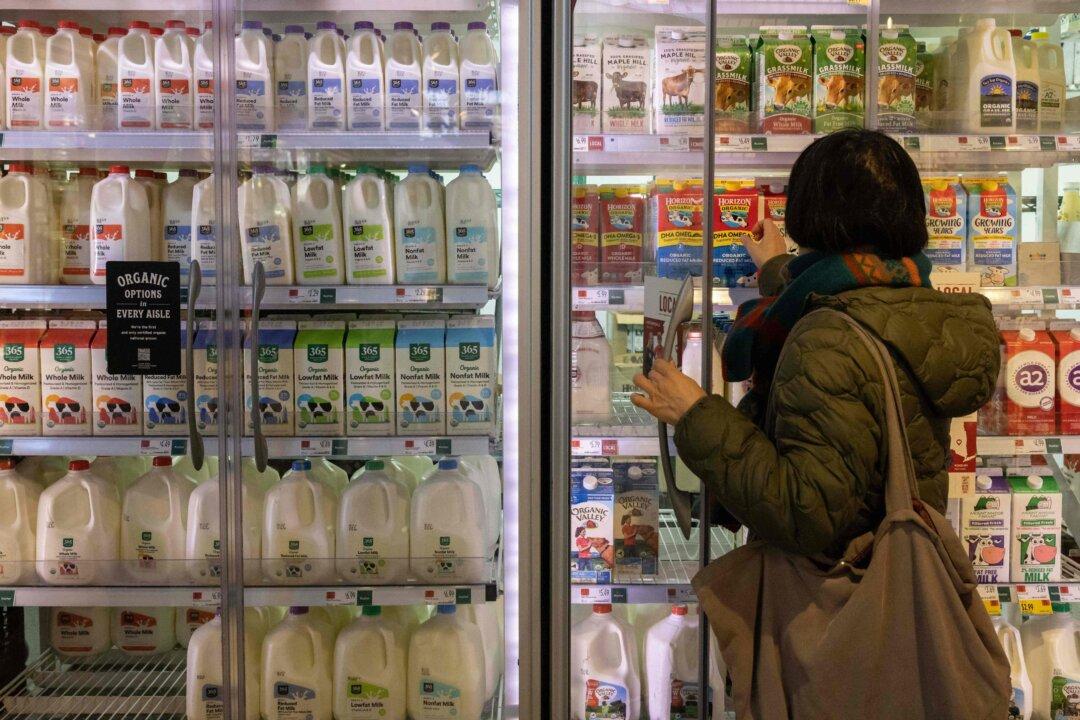The U.S. annual inflation rate was unchanged at 3.7 percent in September, according to Bureau of Labor Statistics (BLS) data released on Oct. 12. That was slightly above the consensus estimate of 3.6 percent.
Monthly inflation rose by 0.4 percent, which was higher than projected but less than August’s 0.6 percent increase. Rising shelter costs accounted for more than half of the monthly consumer price index (CPI) increase.





